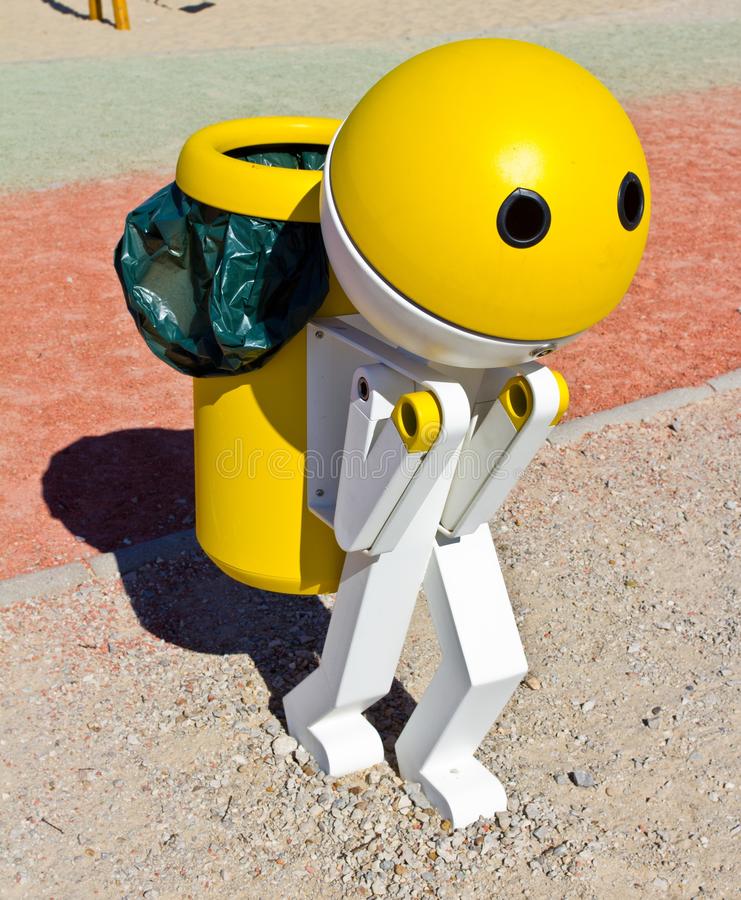Automic Garbage Collecting Machine Using Arduino Presentation
| Introduction - An overview of an autonomous garbage collecting machine using Arduino. - The importance of efficient waste management in today's world. - The potential benefits of an automated garbage collection system. | ||
|---|---|---|
| An autonomous garbage collecting machine powered by Arduino can revolutionize waste management. It can enhance efficiency and reduce human involvement in the collection process. This technology has the potential to significantly improve waste management practices. | ||
| 1 | ||
| Components - The key components required for an autonomous garbage collecting machine. - How Arduino can be used as the central control unit. - Sensors and actuators that enable the machine to detect and collect garbage. | ||
|---|---|---|
| Arduino microcontroller acts as the brain of the machine, controlling its operations. Sensors such as ultrasonic, infrared, or color sensors detect the presence of garbage. Actuators like motors or servos enable the machine to move and collect the garbage. | ||
| 2 | ||
| Working Principle - How the autonomous garbage collecting machine operates using Arduino. - The steps involved in the collection process. - How the machine navigates through the environment and identifies garbage. | ||
|---|---|---|
| The machine uses sensors to detect garbage and determine its location. Arduino processes the sensor data and instructs the actuators to collect the garbage. The machine can navigate obstacles using obstacle avoidance algorithms. | ||
| 3 | ||
| Benefits - The advantages of using an autonomous garbage collecting machine. - How it reduces human effort and time. - The potential for improved waste segregation and recycling. | ||
|---|---|---|
| It reduces the need for manual garbage collection, saving time and effort. The machine can be programmed to segregate different types of waste for recycling. It promotes a cleaner environment by efficiently collecting garbage. | ||
| 4 | ||
| Challenges - The challenges faced in developing an autonomous garbage collecting machine. - Limitations in sensor accuracy and reliability. - The need for continuous maintenance and updates. | ||
|---|---|---|
| Sensor accuracy and reliability can affect the machine's ability to detect garbage accurately. Continuous maintenance and updates are required to ensure optimal performance. The machine may face challenges in navigating complex or uneven terrains. | ||
| 5 | ||
| Future Possibilities - The potential future developments and improvements in autonomous garbage collection. - Integration with smart city technologies. - The role of artificial intelligence in enhancing garbage collection efficiency. | ||
|---|---|---|
| Integration with smart city technologies can enable real-time monitoring and optimization. Artificial intelligence algorithms can enhance the machine's ability to detect and collect garbage. Future developments may include advanced sorting and recycling capabilities. |  | |
| 6 | ||
| References (download PPTX file for details) | ||
|---|---|---|
| List of references used in the presentation.... Include the sources of information and resear... Your third bullet... |  | |
| 7 | ||




